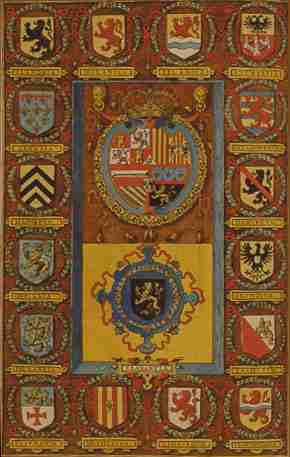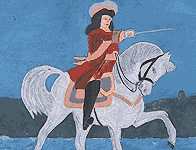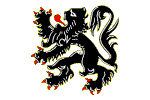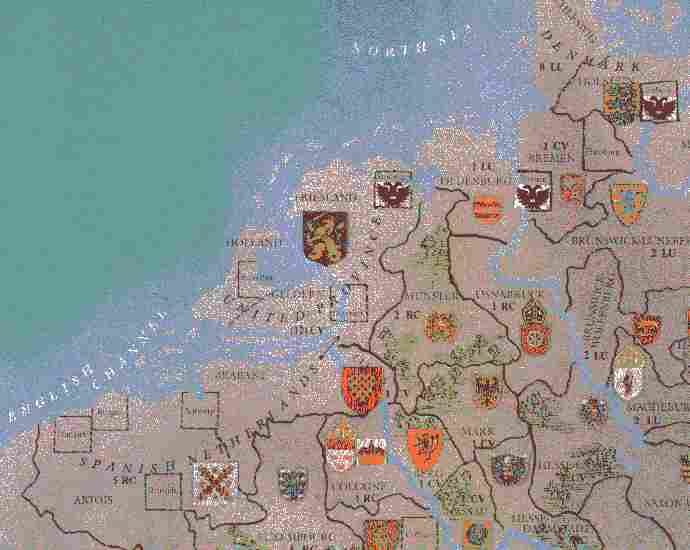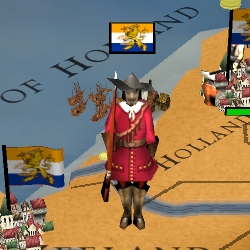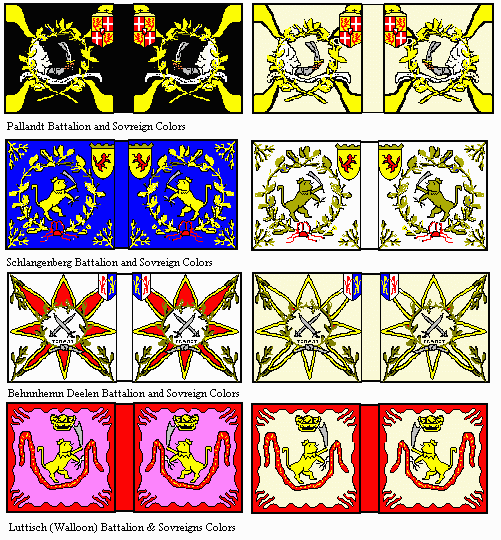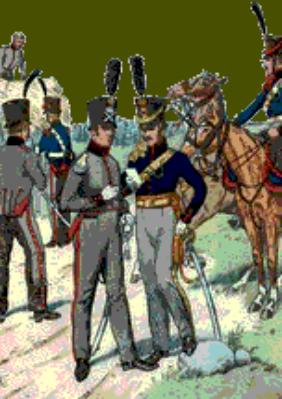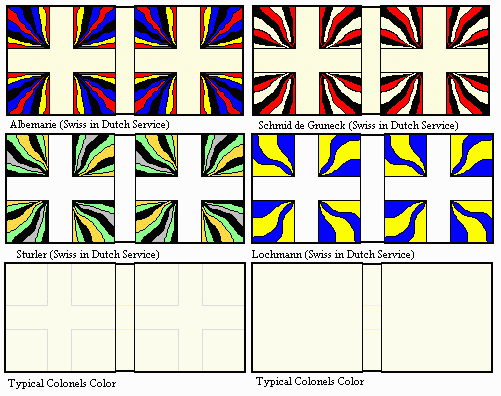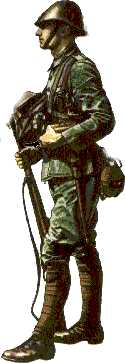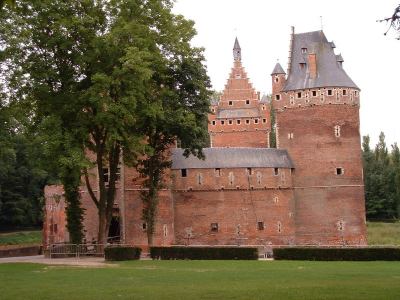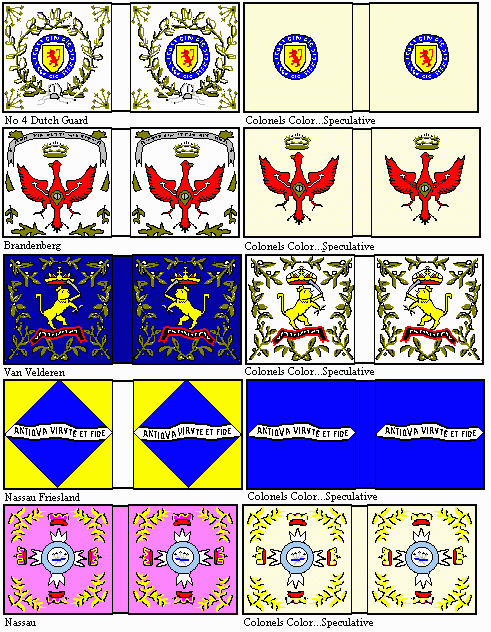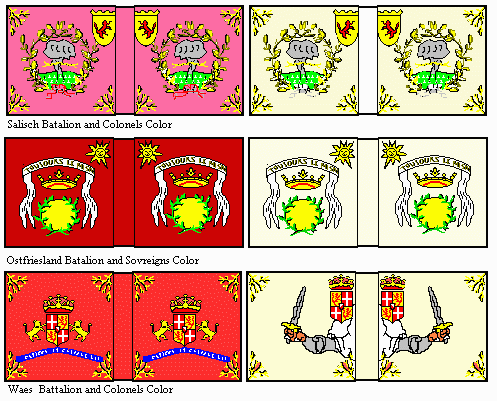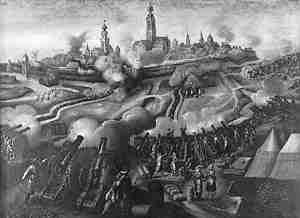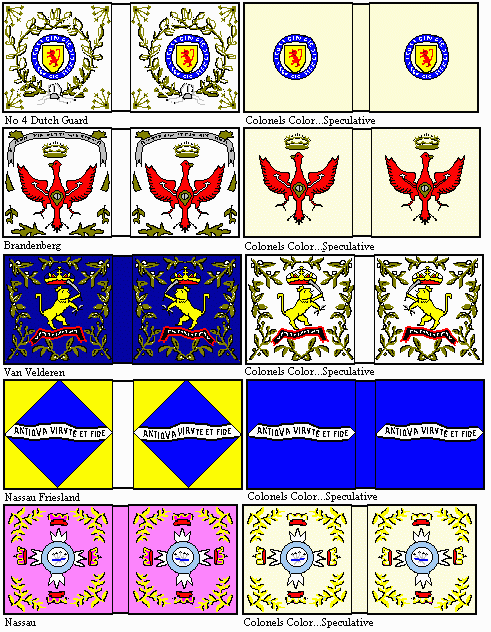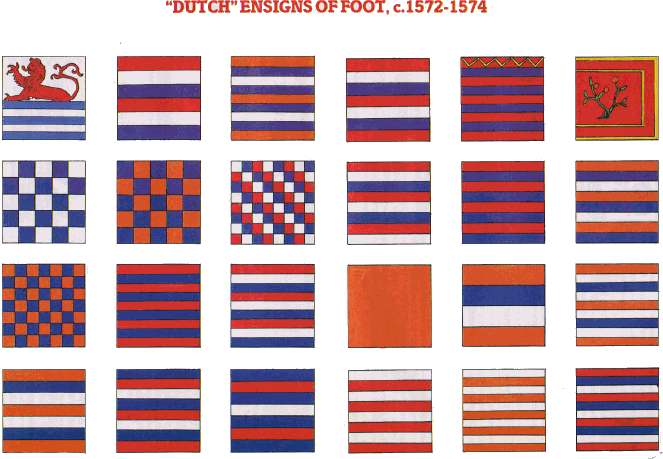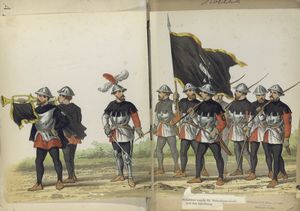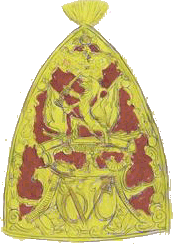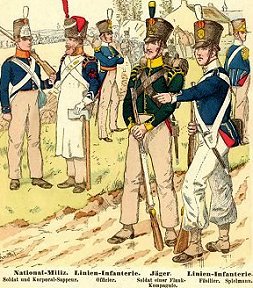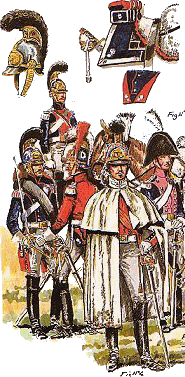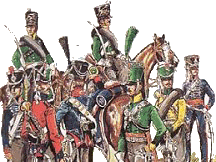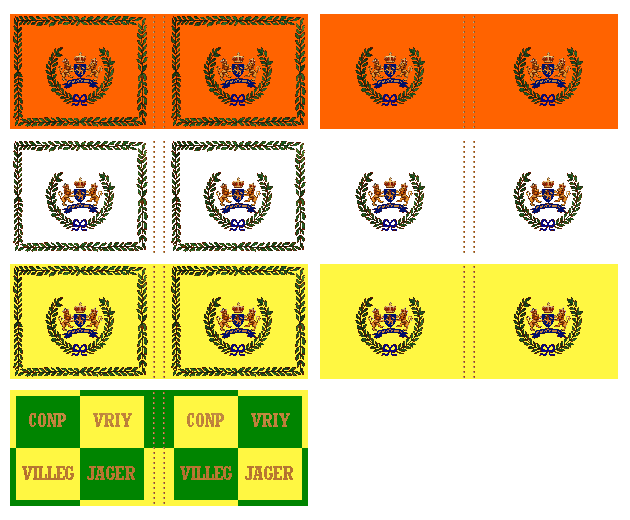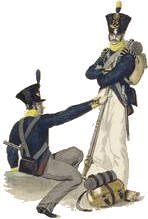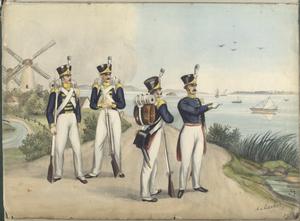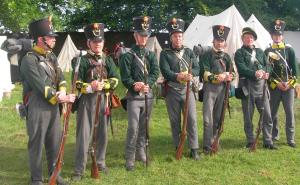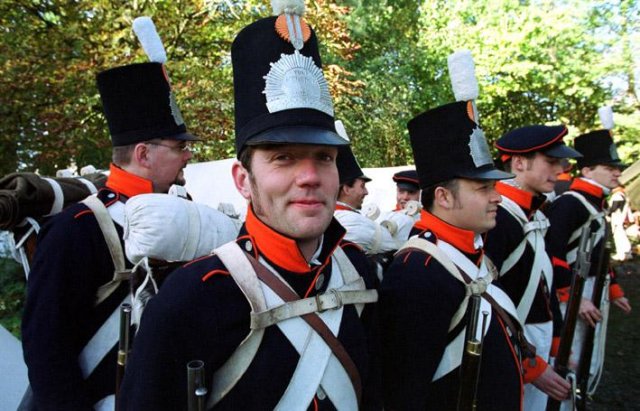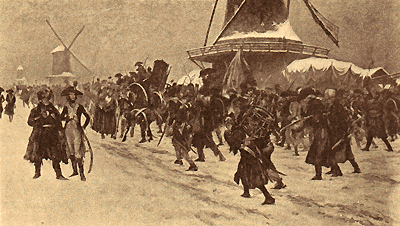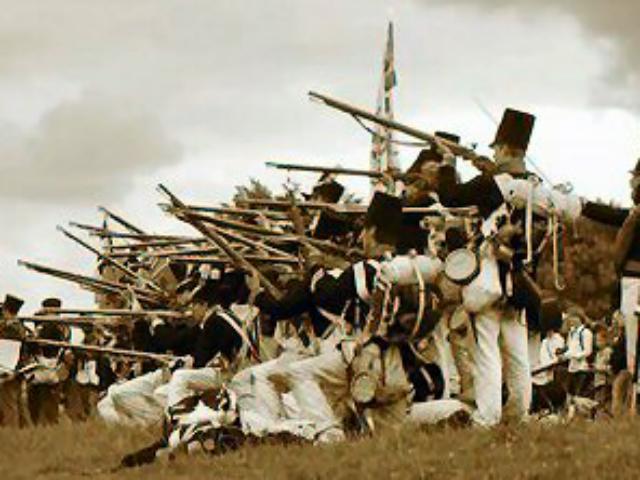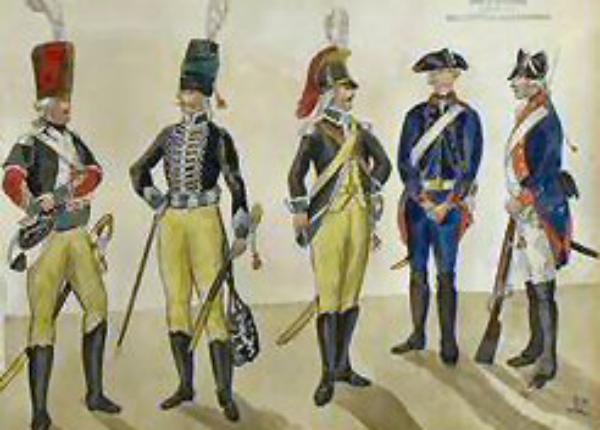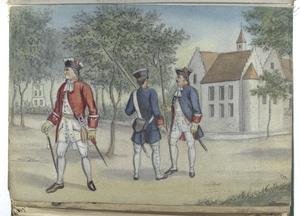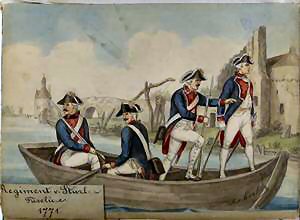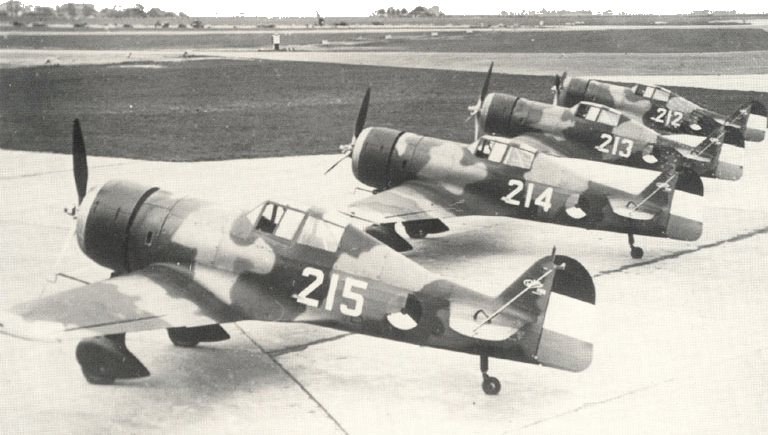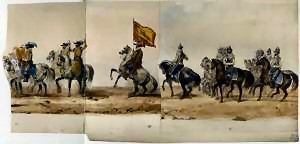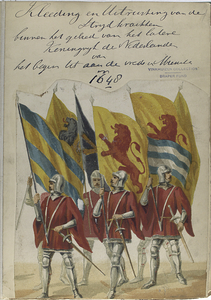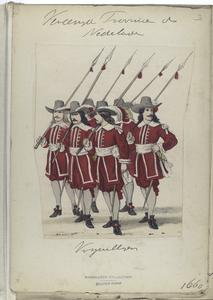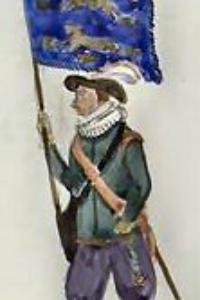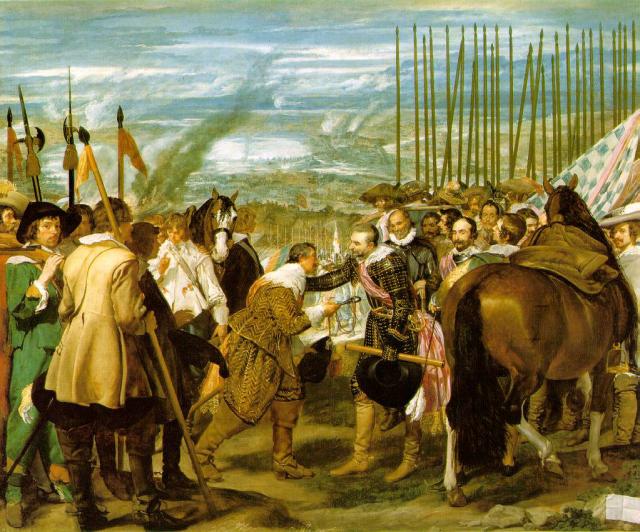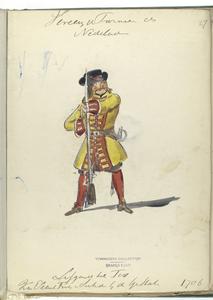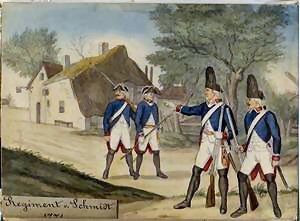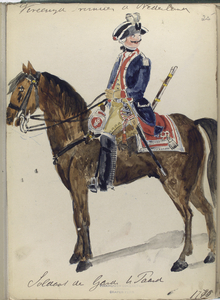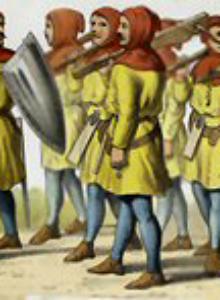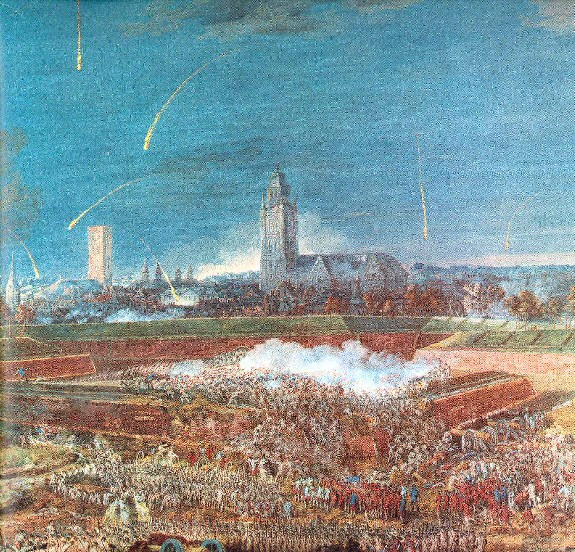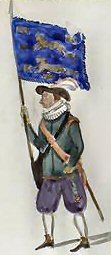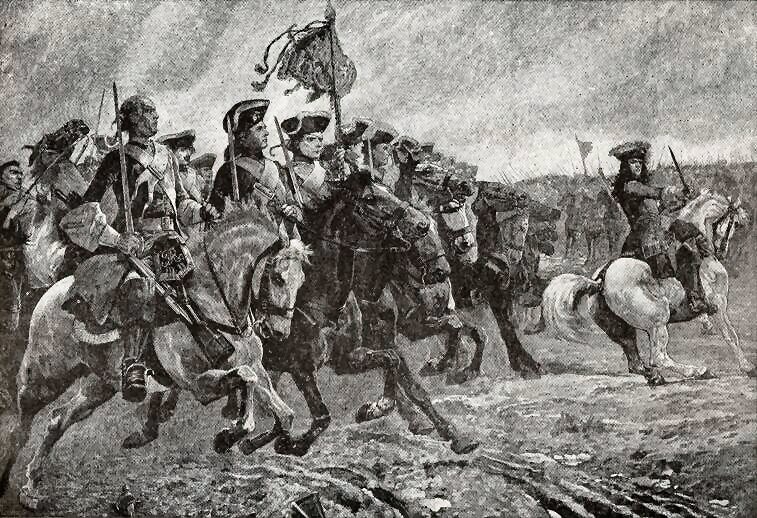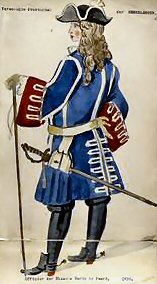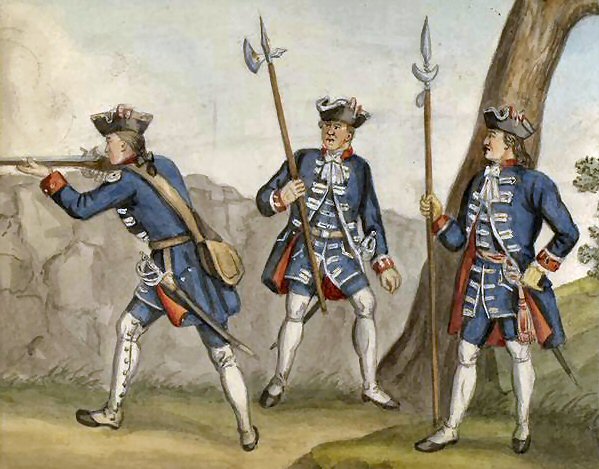Battles_in_the_Low_Countries
From: pays bas
Web Site: twt
Battle of Tongres 54 .bc Friday, 9/7/07, 8:02 AM
Roman V. Eburones
From: nr. Liege, Belgium
Web Site: Gallo Roman Museum
Royal Military Museum (RRM) Monday, 7/9/07, 4:30 AM
The collection of the Royal Military Museum (RRM) consists of imposing suits of armour and masterly crafted swords, hundreds of uniforms from tens of countries as well as textile such as flags and pennants, exceptional medals and rare musical instruments, weapons and equipment of every kind, planes or armoured vehicles. Follow the evolution from battering ram to F-16... From the Middle Ages to the present... The Royal Military Museum offers an insight in the fundamental changes, which have taken place in armament and military technology over the years.
From: Bruxelles, Belgium
Web Site: Royal Military Museum (RRM)
The revolt of the Batavians against Rome Monday, 4/16/07, 3:38 AM
¿The rebellion of Julius Classicus, Julius Tutor and Julius Sabinus has to be distinguished from the linked revolt of the Batavians. The Trevirans and Lingones tribes of the Haute Marne area, around still picturesque Langres, were fully Romanized and wanted to start an empire of their own -the Gallic empire- whereas the Batavians wanted independence of some sort¿
Web Site: livius.org
frontier forts Thursday, 3/22/07, 10:28 AM
Belgium had some formidable frontier forts in 1914 as in 1940 - see the map on the main page. The forts were taken out by parachute troops in WW2, but in 1914 Austrian Skoda heavy howitzers were employed to reduce them.
From: Belgium - see the map on the main page.
Tongres 54 b.c. Thursday, 3/15/07, 10:34 AM
A Roman froce split from Caesar's main army and led by Titurius Sabinus was attacked by the Eburonians. The Roman force including Sabinus was wiped out.
From: Belgium
Battle of Ane 1227 Thursday, 3/15/07, 9:30 AM
On July 28, 1227 the armies of the Bishop of Utrecht Otto II of Lippe and a large group of rebellious Drenths led by Rudolph of Coevorden met on a field near the present-day village of Ane. The Bishop had traveled to this area to call the rebellious province of Drenthe to order, and he had called up many of his warlords to support him together with a couple of warbands supplied by the Bishops of Munster and Cologne. The Drenths knew that they did not stand a chance if they faced this army in the field, and they managed to lure the Bishopric army into an area with soft and swampy ground cal;led the `¿Mommenriete¿¿. The horses of the Bishop¿s army sank into the ground, and the knights with their heavy armour were unable to fight effectively because of this. The Drenth rebel army was light, and was used to fighting on this kind of ground. This kind of fighting where armoured knights were beaten by light forces because of the soft ground bears many resemblances to the Battle of the Golden Spurs in Flanders. The Drenthe rebels managed to beat the Bishop¿s forces, and killed most of it including the Bishop Otto II of Lippe, and many of his supporting warlords. Otto¿s successor, Wilbrand of Oldenburg, roused the Frisian people into supporting him against the rebellious Drenths which led to the Frisian-Drentic war in 1231-1233. In 1967 a monument was erected near Ane to commemorate this battle. Noble casualties: Duke Gerard III of Gelre (wounded) Lord Gijselbert of Amstel Otto II of Lippe, Bishop of Utrecht Diderick van der Lippe, Bishop of Münster Gerhart van der Lippe, Bishop of Bremen The lord of Arkel, and his cousin Berend van Horstmar, Crusader knight Gerhart, Earl of Goor Diderick, Earl of Cleve Baldewijn, Earl of Bentheim Engelbert, Lord of Groningen
From: Drenthe province, Netherlands
Web Site: Wikipedia
Belgian army of WW1 Tuesday, 12/5/06, 8:20 AM
Uniforms and equipment of the 117,000 man Belgian forces were notable for their uniqueness. The Belgian Civic Guard wore a green frock coat and top hat, looking something like a peppermint chimney sweep. Machine gun and supply carts were pulled by teams of dogs instead of horses or mules. The vaunted fortresses at Liege, and Namur as well as the national redoubt at Antwerp were considered formidable (Liege itself held four hundred guns of all calibers) however they were obsolete by the standards of the day. The forts were constructed in the 1880¿s to withstand blackpowder rounds from iron cannon and by 1914, even though artillery had evolved to the steel cannon firing high explosive shells, no serious upgrades to the fortress had been made, including armaments. The armament and equipment of the army reflected decades of stringent financial budgeting. In all there were available only 93,000 rifles and 6,000 swords, 324 obsolete field guns, and token 102 machine guns. The meticulously timed and planned Schlieffen plan that the German army marched by did not take into account any time spent fighting the Belgian army. The delay of even a couple days in reaching their objectives in northern France, and the diversion of combat troops to siege Antwerp meant that the German right wing was more vulnerable to the allies at the subsequent miracle battle of the Marne. If the Belgian army had simply rolled over and let the Germans march through their country unmolested, the war may have been fought and lost by the first week of September 1914. The speed bump they caused the Germans was one of the factors that saved Paris.
Web Site: Suite 101
Battles in Belgium Thursday, 3/2/06, 10:40 AM
¿ Battle of Leuven - 891 ¿ Battle of Seneffe - 1674 - Third Anglo-Dutch War ¿ Battle of Waterloo - 1815 - Napoleonic Wars ¿ Battle of Nieuwpoort - 1600 ¿ Battle of Neerwinden - 1793 ¿ Battle of Fleurus - 1794 ¿ Battle of Jemappes - 1792 ¿ Battle of Wavre - 1815 ¿ Battle of Quatre Bras - 1815 ¿ Battle of Turnhout - 1789 ¿ Battle of Oosterweel - 1567 ¿ Battle of the Golden Spurs - 1302 ¿ Battle of Bulskamp - 1297 ¿ Battle of Steppes - 1213 ¿ Battle of Othee - 1403 ¿ Battle of Gavere - 1453 ¿ Battle of Oudenaarde - 1708 ¿ Battle of Ramillies - 1706 ¿ Battle of Ypres - 1917 ¿ Battle of the Yser - 1914 ¿ Battle of the Bulge - 1944 ¿ Battle of Ligny - 1815 ¿ Battle of Mons - 1914 ¿ Battle of the Scheldt - 1944 ¿ Battle of Fontenoy - 1745 ¿ Battle of Damme - 1214 ¿ Battle of Tournai - 1214 ¿ Battle of Roosebeke - 1382 ¿ Battle of Courtrai - 1794 ¿ Battle of Gembloux - 1578 ¿ Battle of Liege-1914 ¿ Battle of the Lys - 1918
Web Site: Answers.com
Some battles in the Low Countries Monday, 2/27/06, 8:26 AM
Ardennes (Bulge) December 1944; Courtrai; Mons; Ypres; Paschendaele 1917; Antwerp (WW1); The Dunes?; Zeebrugge Raid WW1; Waterloo; Oodenarde; Ramillies; Lines of ne plus ultra; Malplaquet; Loos; The Spurs?; Nieupoort; Texel & Kamperduin (sea battles); Breda; Bergen op Zoom; Eben Emael; Arnhem; Sluys (port of Brugge); Quatre Bras; Ligny; Wavre ;
From: Low Countries
Two battles of Fleurus Monday, 2/27/06, 8:04 AM
First Fleurus 1622 During the Thirty Years War, the Protestant commanders Ernst von Mansfeld and Christian of Brunswick, marching to relieve the siege of Bergen op Zoom, found their march blocked at Lutter by the Imperial army of Gonzalez de Cordoba. The battle was won by Christian of Brunswick, who after five charges was able to break through the imperial lines, allowing the rest of the army to march on towards Bergen, which they reached just in time to save the fort. Christian himself received a wound in the arm that resulted in an amputation, carried out in front of the army in a characteristic display of courage. Second Fleurus 26 June, 1794 An important battle in deciding the fate of the infant French republic, Fleurus is also noted for being one of the first battles to include aerial reconnaissance. It occurred when a sizeable Austrian army under the Prince of Saxe-Coburg moved to attack a French army pushing into the Netherlands. Saxe-Coburg's 52,000 regulars took on General Jean- Baptiste Jourdan's 75,000 troops, many of them conscipts, and found the going tough. His poorly coordinated attacks were quickly countered by Jourdan who was able to observe the Austrian moves from several military balloons. The battle, which lasted about six hours, was a major reverse for the First Coalition and ended Austrian control over the Netherlands. French losses have been put at about 4000, while the Austrians suffered 2300 casualties.
From: Belgium
Web Site: N. Salmon
Battle of Sluys 1330 Monday, 11/28/05, 9:51 AM
The English caught the outnumbered Franco-Genoese fleet at anchor
From: Scheldt estuary
Web Site: the wartourist
Battle of Finnesburh Monday, 11/28/05, 9:50 AM
Jutes from Denmark invade Frisia in the Netherlands, 6th century



